
Sleep, Coffee and the Secrets of 24 Hour Racing

Modern 24-hour racing is a mad sprint. Four drivers pounding around for a day, with little rest and total focus on maintaining concentration while navigating slower traffic and trying to get to the finish first.
For a driver, 24-hour racing presents a totally different challenge than shorter sprint races in something like Formula 1. It’s not only about keeping the car running for 24 hours, it’s about maintaining peak performance of the drivers who have to adapt to this unique environment.
Bearing in mind many of the drivers who come in for 24-hour races make their living in racing series with shorter events, it can be a massive challenge.
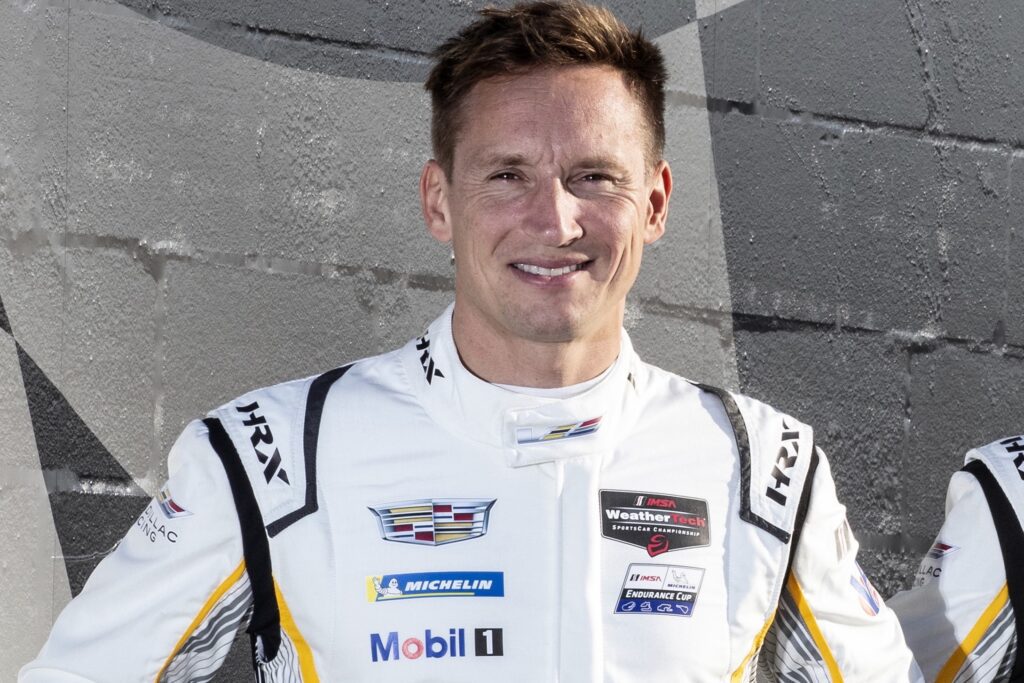
Podium Life sat down with Renger van der Zande, who will lead Chip Ganassi Racing and Cadillac’s bid to win the top sportscar championship in America – IMSA – starting with the Daytona 24 Hours, which he has won twice alongside the IMSA title itself.
He’s raced just about every kind of car and race you can imagine, not to mention with some of the sport’s biggest teams and drivers.
He’s such a safe pair of hands that he’s fostered a successful driver insurance business for things like crash damage, although he would rarely need it himself.
“I started 24 Hour racing quite early, but I think what people like Kevin Magnussen who comes from street racing or who else we had in the car that was very funny was Felix Rosenqvist, they really have to adapt to so many things,” says van der Zande.
“When they started to do 24 hour races for the first time, it’s such a thrill, it’s such a survival instinct and also, you have to manage your body, you have to manage your nutrition, your drinking, your eating.
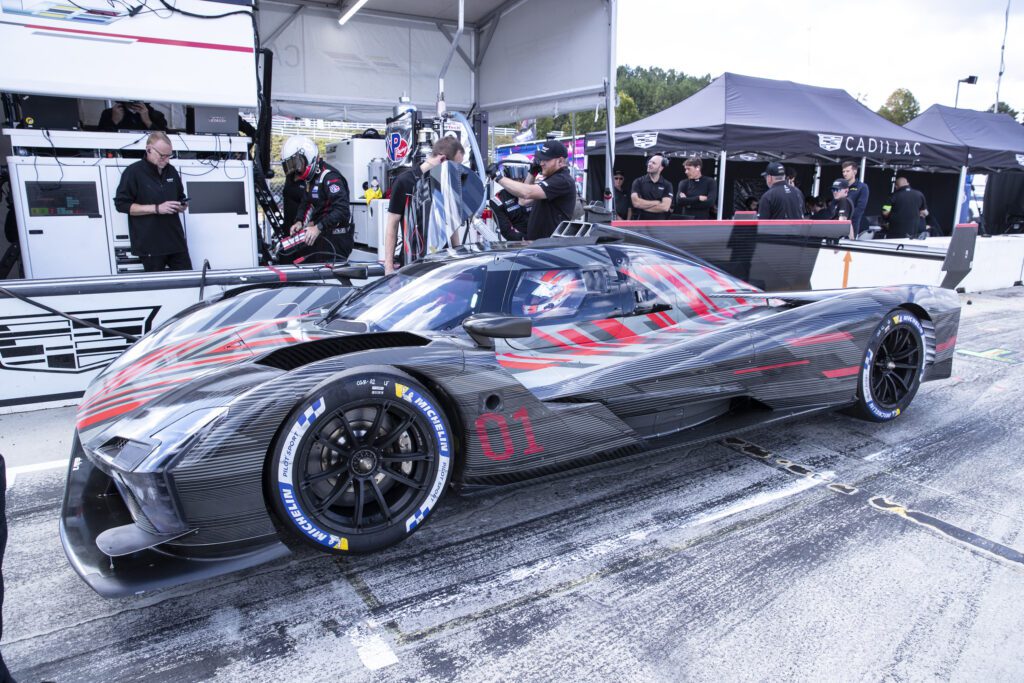
“Also your temper, because before you know, you start to watch the whole race because your team-mate is in the car, you have to trust him completely.
“I remember Kevin and also Felix, they struggled to get out of the race, and you can’t be perfectly focused for the whole 24 hours.
“So when you get out of the car, you should forget about the race, you shouldn’t be watching the race, just leave it to your team-mate and see what happens. Where as those guys, they wanted to keep watching the race. Very, very energy consuming.
“I think, for example, Kevin last year in 24 Hour of Daytona, the next day I saw him and he was destroyed. He was so tired. I think he’s never been that tired in his life, he told me after the race.”
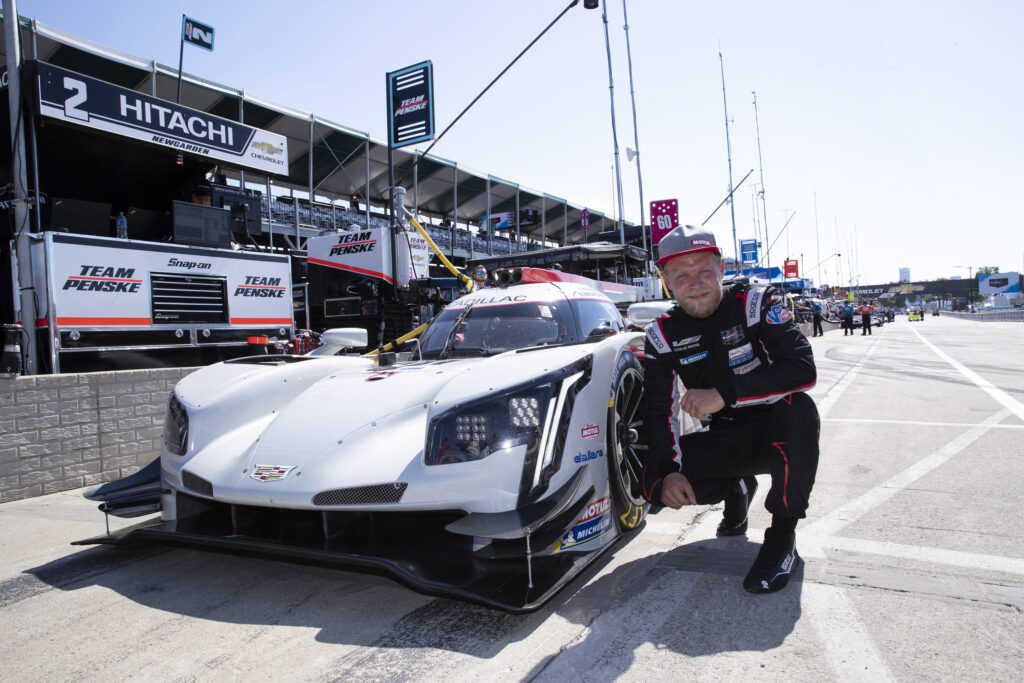
Magnussen has performed at the very highest level in F1 and to hear that he was so tired after his first 24 Hour race with Ganassi in 2021 is a surprise, and hits home that even the fittest drivers have to adapt to what a 24 Hour race throws up.
It certainly didn’t help that a stunning comeback drive from van der Zande ended with the team losing a race winning opportunity inside the last 10 minutes of the 24 hour event due to a puncture. That’s heartbreak you have to experience in order to learn how to rebound from.
It goes against everything modern drivers are taught to not focus on the race they are in.
In regular championships, drivers spend weeks preparing with simulators, engineers and team members to make sure nothing is left to chance and that every scenario is planned for. That’s fine if your race lasts 40 minutes, but van der Zande is right when he says you can’t focus or even plan everything for a 24 hour race.
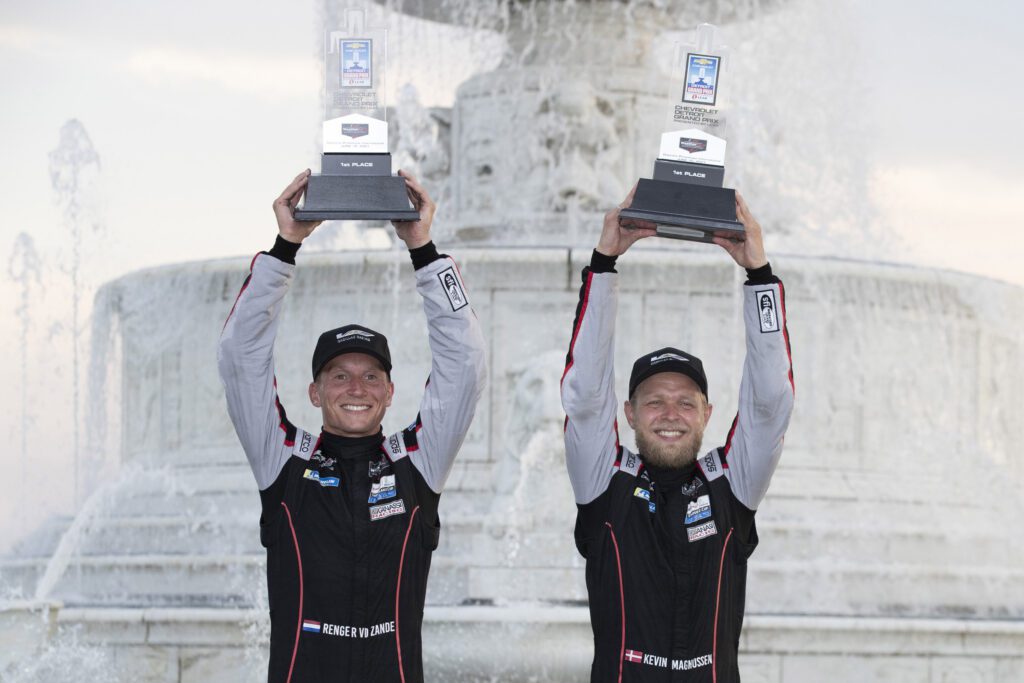
Of course, it’s important to pass on information to your team-mates when you exit the car, and to spend some time with the engineers analysing your stint in the car. But at some point you also have to switch off.
Some drivers watch movies or TV, some are a bit more lucky like van der Zande.
“If I see an airplane seat, I’m already half asleep. I think it’s a gift, I can’t call it a talent because it’s not,” he jokes.
“If I see a bed, or if I could go for a massage after my stint, kind of like halfway there to fall asleep and I can sleep any moment of the day, really.”
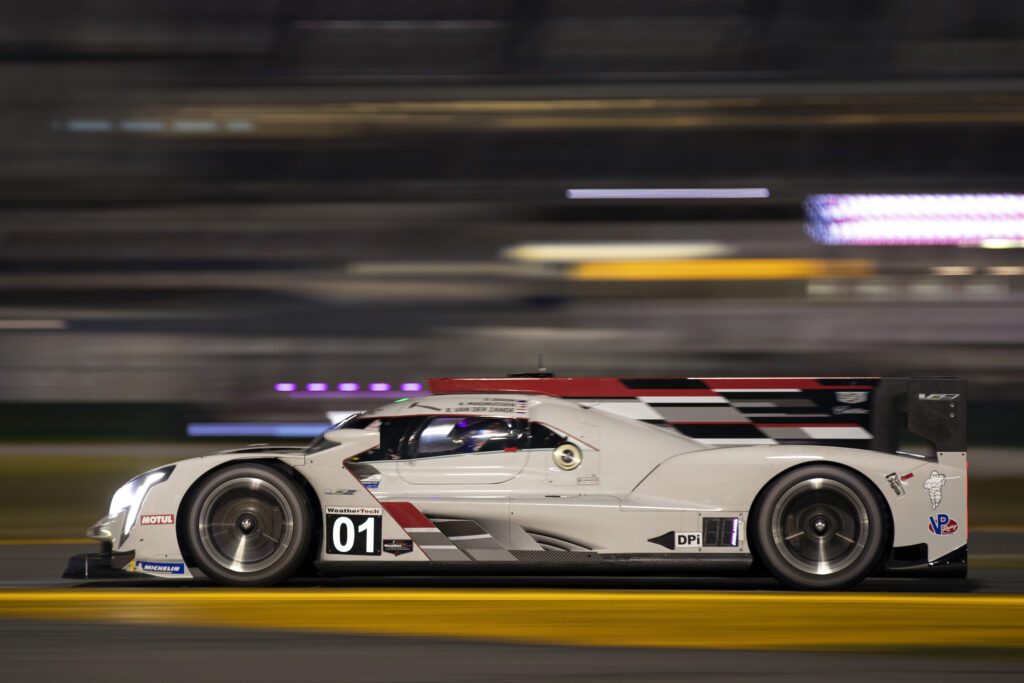
It’s certainly unusual to think of a driver sleeping during a race. But that’s just part of what it takes to reach peak performance in these very specific events.
At his former team, Wayne Taylor Racing, van der Zande went through a host of studies with the team which turned up some fascinating results and a brilliant story about how even drivers within families are different.
“We did a whole study with, I think the University of Michigan, where they measured our salt output, your sweat,” he says.
“We, even swallowed a metal pill to measure the core temperature and also obviously heart rate and that kind of stuff to see what each driver needs. One driver would need more salt than another driver.
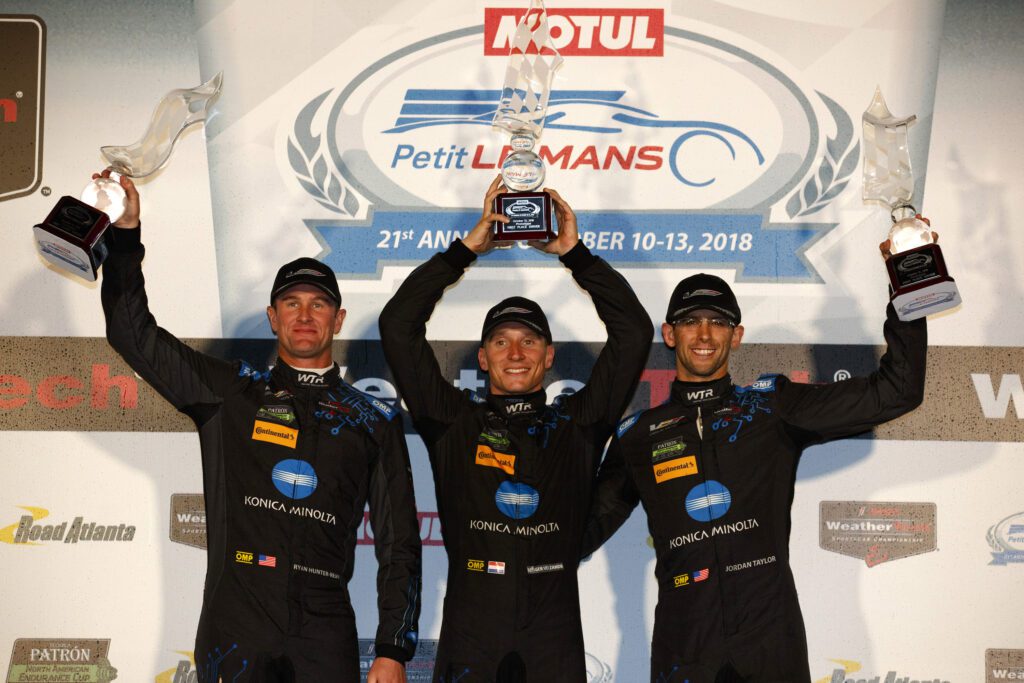
“So Ricky Taylor, for example, after a two hour stint, he was completely empty of salts. And his brother Jordan Taylor was the opposite. He was completely dry and didn’t sweat so much.
“Even within families there’s a difference!
“I think we learned a lot from Hammer Nutrition.
“For example, one of the things that I learned was, if you want to be as focused as you can get, eat three hours before, don’t eat until the moment you get into the car, take a bit of sugar before you get in but that’s it.
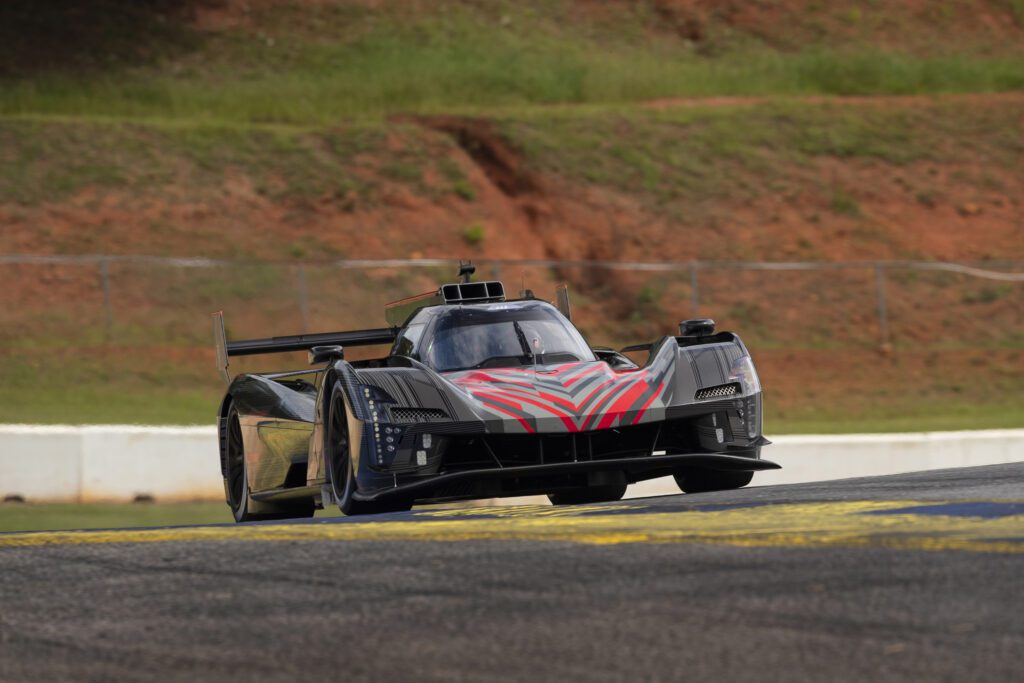
“And I would always eat like half an hour before getting into the car which is not ideal for your concentration.”
Even at 36, van der Zande is learning new things about how he can perform at his peak and that’s someone who has won most of the major races and competes for one of the biggest teams in North America.
Outside of racing van der Zande has a specialty coffee bar in his native Amsterdam, and coffee and caffeine has a role in a 24 Hour race. But it’s another thing drivers need to manage.
“We bought a really fancy coffee machine for the trailer, between the four drivers,” adds van der Zande, with the drivers even making coffee for the crew, something which can only help team camaraderie.
“Last year it was Alex Lynn, Earl Bamber, me and Sebastien Bourdais were there and obviously for their long races it was Alex Palou and Scott Dixon and if you ever want to find Chip [Ganassi, team owner], he’s at the coffee bar in the trailer and that’s where most of the drivers are too.
“My first taste with coffee was in Formula 3 when I was driving for the Italian team Prema.
“Obviously, every time before I went to qualifying, they told me I should take an espresso. Maybe it’s not good to say it, but I really mean it, Italian coffee is not very good, very dark and nothing to do with the coffee that we make in the good specialty coffee world!
“But that’s funny, how it started for me.
“However, I think for a 24 hour race, only the last couple of hours is when you start to take caffeine because before that if you take caffeine you’re not going to survive.
“And honestly, I am also very intolerant to caffeine so I can have one coffee a day and that’s it. So I better time my coffee right, let’s put it that way!”
Alex Palou is another driver who had his own coffee shop just outside Barcelona – he even raced from there in IndyCar’s iRacing series during the Covid pandemic – before selling it in 2021, so there’s no shortage of love for coffee in the team.
Like everything in endurance racing though, it’s about managing it and carefully using it in moderation.
With the track littered with slower moving traffic, changing conditions that affect how the car handles and racing into the night, the art of racing in 24-hour events is challenging enough.
Forgetting almost everything you know about sprint racing in order to prepare your mind and body is perhaps even harder, and it’s a little-talked about area of the art of long-distance racing.
The post Sleep, Coffee and the Secrets of 24 Hour Racing appeared first on Podium Life.



